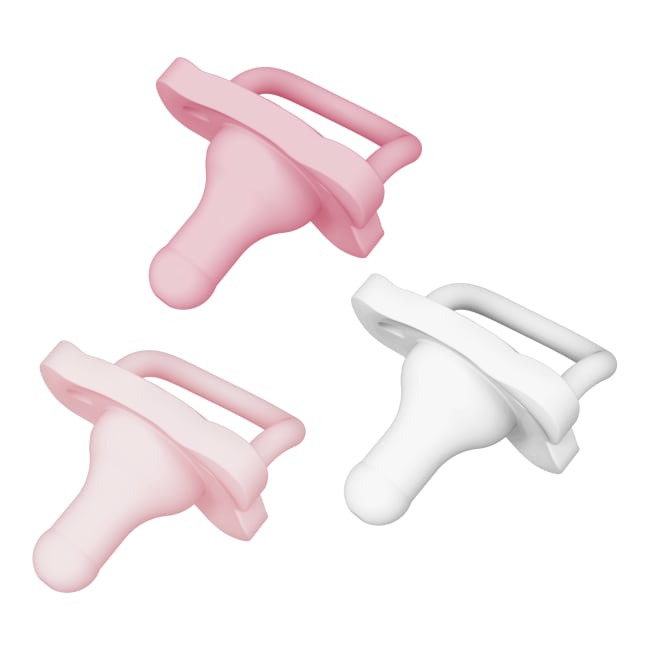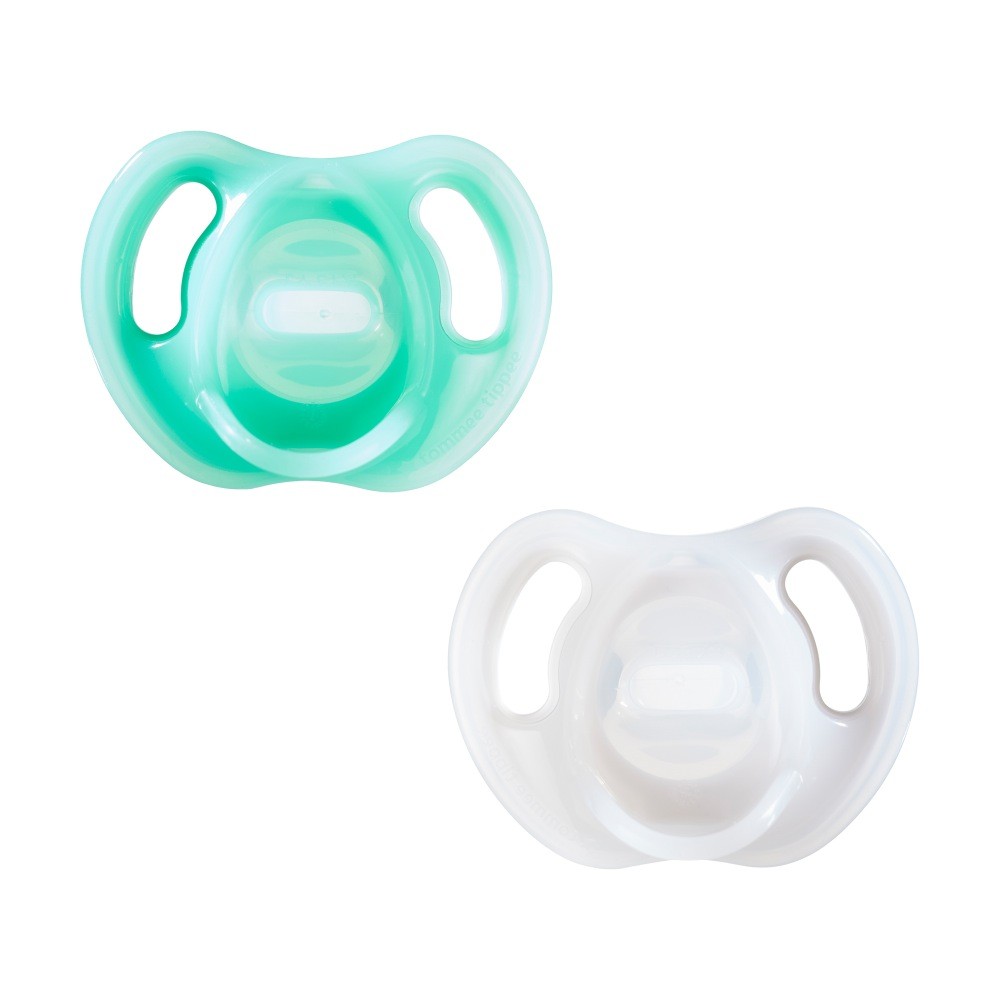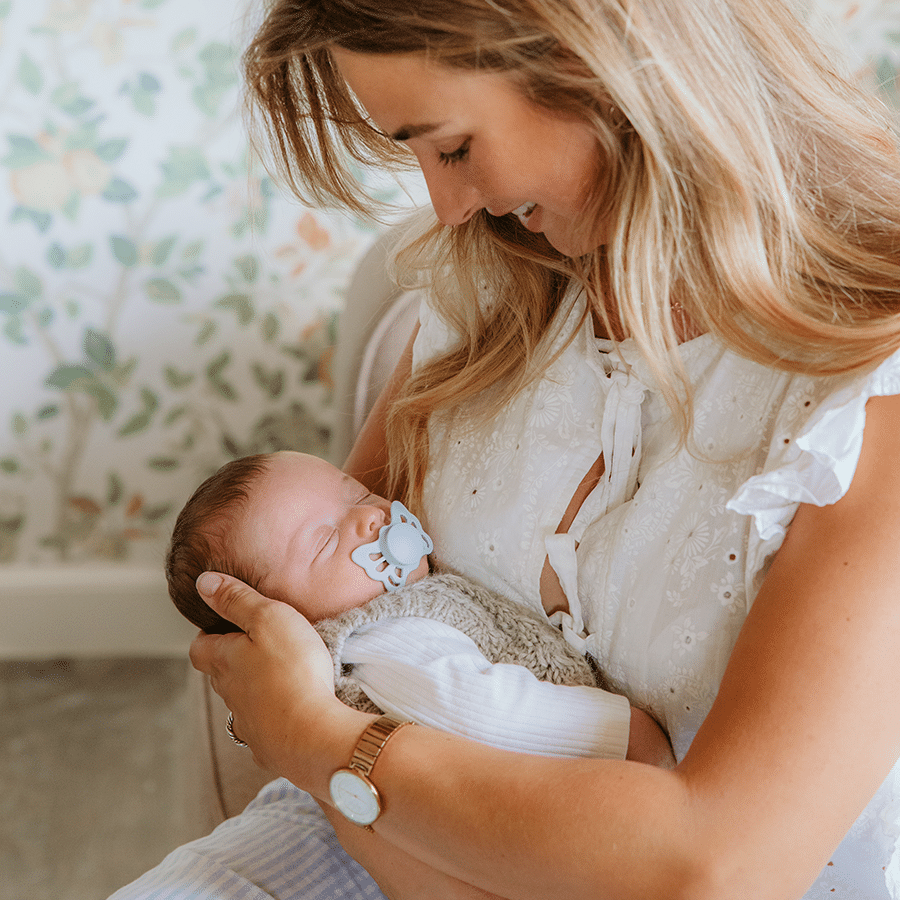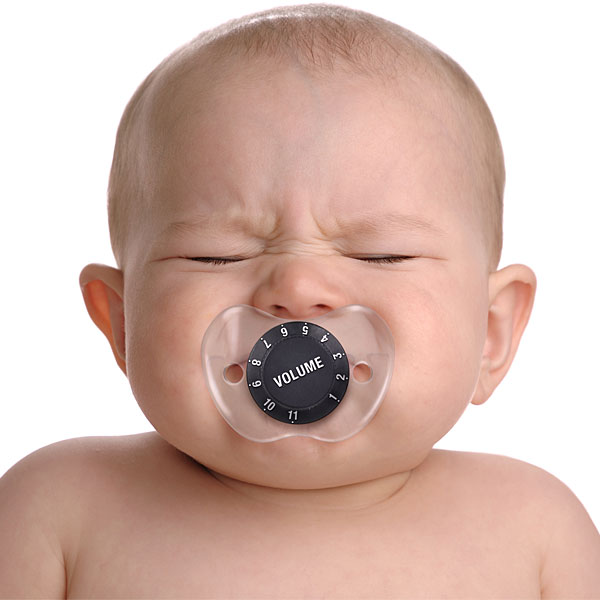Introduction to Silicone Pacifiers
When it comes to soothing a fussy infant, a silicone pacifier can be a parent’s best friend. These pacifiers are made from a soft, yet durable material known as silicone, which is a synthetic rubber-like substance. Silicone pacifiers come in various shapes and sizes to fit different ages and preferences. They are popular for their ease of cleaning and their resistance to heat, making them safe for sterilization.

Silicone is widely preferred for pacifiers because it is hypoallergenic and does not harbor bacteria as some other materials can. It’s also tasteless and odorless, which often makes it more readily accepted by infants. When selecting a silicone pacifier, it is essential for caregivers to consider the safety and comfort of their child. This includes paying attention to the pacifier’s design, ensuring it is free from harmful chemicals, and suitable for the baby’s development stage.
However, even when choosing a high-quality silicone pacifier, safety should remain a top priority. Parents and caregivers must monitor its usage and condition regularly to avoid any potential risks. Silicone pacifiers, like any infant product, require proper handling and care to ensure the safety and well-being of a child. Through this blog, we will guide you on how to do just that, while also addressing the best practices for pacifier usage and maintenance.
Importance of Pacifier Safety
Pacifier safety is crucial for the well-being of infants. A safe silicone pacifier helps prevent choking, suffocation, and other potential injuries. Beyond the choice of material, parents must ensure that the entire design of the pacifier poses no risks to their child. Proper selection, regular inspection, and adequate maintenance are the pillars of pacifier safety. Adhering to these practices can reduce the likelihood of accidents and promote a healthy sucking reflex, which is vital for a baby’s oral development.
Caregivers should remain vigilant about the pacifier’s condition. Tears, breaks, or signs of wear and tear on a silicone pacifier could lead to small pieces breaking off, posing a serious choking hazard. Regular replacement of pacifiers, as recommended by pediatric guidelines, can prevent such risks. Additionally, hygienic practices such as thorough cleaning and sterilization are non-negotiable to avert the growth of harmful bacteria.
It is imperative to understand that while silicone pacifiers provide numerous benefits, they are not free from risks. Educating oneself on the potential dangers and following expert guidelines can ensure that pacifiers remain a safe and effective tool for comforting infants. By highlighting the importance of pacifier safety, we aim to empower parents with the knowledge needed to make informed decisions for the health and safety of their precious little ones.

Selecting the Right Silicone Pacifier
Choosing the right silicone pacifier is key to your infant’s safety and comfort. Consider these essential factors when selecting a pacifier:
- Size and Shape: Match the pacifier’s size and shape to your baby’s age and mouth structure. Newborns and younger infants need smaller, simpler designs.
- Nipple Design: A one-piece silicone pacifier reduces choking risks. Be sure the nipple mimics a natural latch for comfort.
- Shield Style: Look for a pacifier with a ventilated shield. This promotes air circulation and prevents skin irritation.
- Handle and Grip: A pacifier with an easy-to-hold handle makes retrieval and insertion simpler for parents and eventually, the infant.
- Safety Features: Ensure the pacifier has no small parts that can detach. It should meet safety standards set by health authorities.
- Brand Reputation: Choose brands with a track record of safety and quality. Read reviews and ratings from other parents.
Before purchase, check the packaging for any safety certifications. Confirm that the product is BPA-free and made of medical-grade silicone. By keeping these factors in mind, you can find a silicone pacifier that is safe, durable, and suitable for your little one.
Understanding Silicone Material for Pacifiers
Silicone pacifiers are made from a special kind of material. This material is silicone. Silicone is like rubber but it is man-made. Many parents and caregivers trust silicone for its safety. Silicone does not cause allergies and it does not hide germs. This is because it is hypoallergenic and non-porous.
Babies usually like silicone pacifiers. They have no taste or smell. This makes it easy for babies to accept them. When you choose a pacifier, consider that the silicone is medical-grade. This means it is very safe for babies to use.
Silicone can stand up to heat. You can boil it to sterilize. This makes cleaning pacifiers easy and safe. Safety experts approve silicone for pacifiers. They look for things that make sure the pacifiers are safe.
Look for labels that show the pacifiers are free from BPA. This is a chemical that can be harmful. Also, make sure that the silicone is not mixed with other materials that might not be as safe.
Remember, the right material is key for a safe pacifier. Silicone is a top choice among parents for its safety and ease of use. By understanding what silicone is, you can make better choices for your baby’s pacifier.
![]()
Cleaning and Sterilization of Silicone Pacifiers
Maintaining the cleanliness of a silicone pacifier is essential for infant health. Simple steps can prevent the buildup of bacteria or mold. Here’s how to keep silicone pacifiers clean and germ-free:
- Wash Regularly: Clean the pacifier with mild soap and water after each use. Rinse it thoroughly to remove soap residue.
- Boil to Sterilize: Boiling pacifiers in water for five minutes is an effective way to sterilize them. Make sure the whole pacifier is submerged.
- Dry Properly: After sterilization, let pacifiers dry on a clean towel. Ensure they’re completely dry before offering them to your baby.
- Use Dishwasher: If the pacifier is dishwasher-safe, place it on the top rack. Use hot water and a heated drying cycle.
- Steam Sterilizers: Electric or microwave steam sterilizers are convenient options. Follow the manufacturer’s instructions for usage.
- Avoid Sharing: Never let babies share pacifiers. This can spread germs and illnesses.
Do these steps regularly, and inspect the pacifier for damage each time. Replace pacifiers every two months or sooner if they show signs of wear.
Regular Inspection and Replacement
Regular inspection and replacement of silicone pacifiers are crucial for your infant’s safety. Pacifiers go through a lot with daily use, so it’s important to check them often. Look for any damage like tears or bite marks every time before giving it to your baby. These issues can pose a choking risk if the pacifier breaks.
Make it a habit to inspect the pacifier. Do this every time you clean it. Pay close attention to the silicone nipple. This is where most wear and tear happens. If you see any signs of deterioration, it’s time for a new one. Don’t wait. It’s better to be safe than sorry.
Stick to the rule of thumb: Replace the pacifier every two months. If your baby is teething, you might do it more often. Teeth can make small cuts in the silicone. These can turn into bigger tears.
Always have spare pacifiers on hand. This makes sure you can swap out a damaged one right away. Choose pacifiers from reliable brands with good reviews. This can help ensure they last longer and stay safe.
Remember, keeping up with inspection and regular replacement is key. It helps keep your baby safe. It also maintains a clean and healthy environment for them. By doing this, you are taking a big step in preventing safety risks associated with worn-out pacifiers.
Potential Risks and Choking Hazards
Being aware of potential risks and choking hazards with silicone pacifiers is vital. Small parts can detach from a pacifier, leading to a choking hazard. Inspect silicone pacifiers for loose bits before giving them to your child.
Broken or torn pacifiers should be thrown away immediately. A baby’s strong suckling can cause a worn pacifier to break. Also, watch out for pacifiers with decorations or multiple pieces. These add-ons can come loose and be inhaled or swallowed.
Always supervise your baby when they have a pacifier. Do not attach pacifiers to strings or ribbons. These could wrap around your baby’s neck. Follow guidelines to choose age-appropriate pacifiers. This helps prevent choking risks.
Make sure the pacifier does not fit entirely in your baby’s mouth. A correctly sized shield will stay outside the mouth and keep the pacifier in place. Discard pacifiers with signs of damage, no matter how small. Pieces can break off and become hazards.
By knowing these risks, parents can take steps to protect their infants. Use pacifiers safely to ensure your baby’s safety and health.
Best Practices for Pacifier Usage
Ensuring safe use of a silicone pacifier involves following best practices consistently. Here are some tips for pacifier usage that will keep your baby safe and content:
- Limit Use: Don’t rely on the pacifier all day. Offer it only when necessary, like for sleep or comfort.
- Watch While Using: Always stay close when your baby uses a pacifier. This keeps them safe.
- Clean Hands: Make sure your hands are clean before handling the pacifier. This prevents germs from spreading.
- Pacifier Clips: Use clips with a short strap, designed for pacifiers. Long cords can be dangerous.
- Introduce at the Right Time: Start offering a pacifier after breastfeeding is established, to avoid confusion.
- Wean Gradually: Reduce pacifier use as your child grows. This helps wean them off gently.
- Check Temperature: After sterilizing, let the pacifier cool down. Test it yourself before giving it to your baby.
- Don’t Sweeten: Never put sweet substances on the pacifier. It can harm baby’s teeth and health.
These simple steps are easy to apply and greatly contribute to the safe and beneficial use of silicone pacifiers for your infant.



